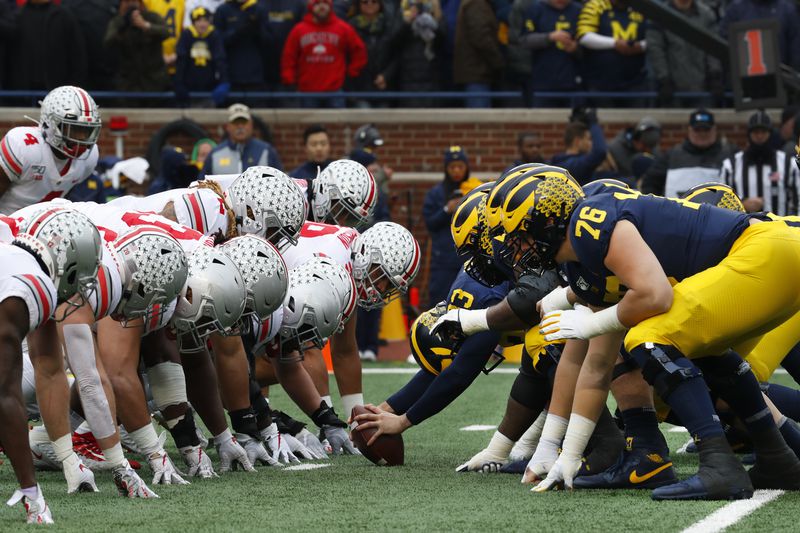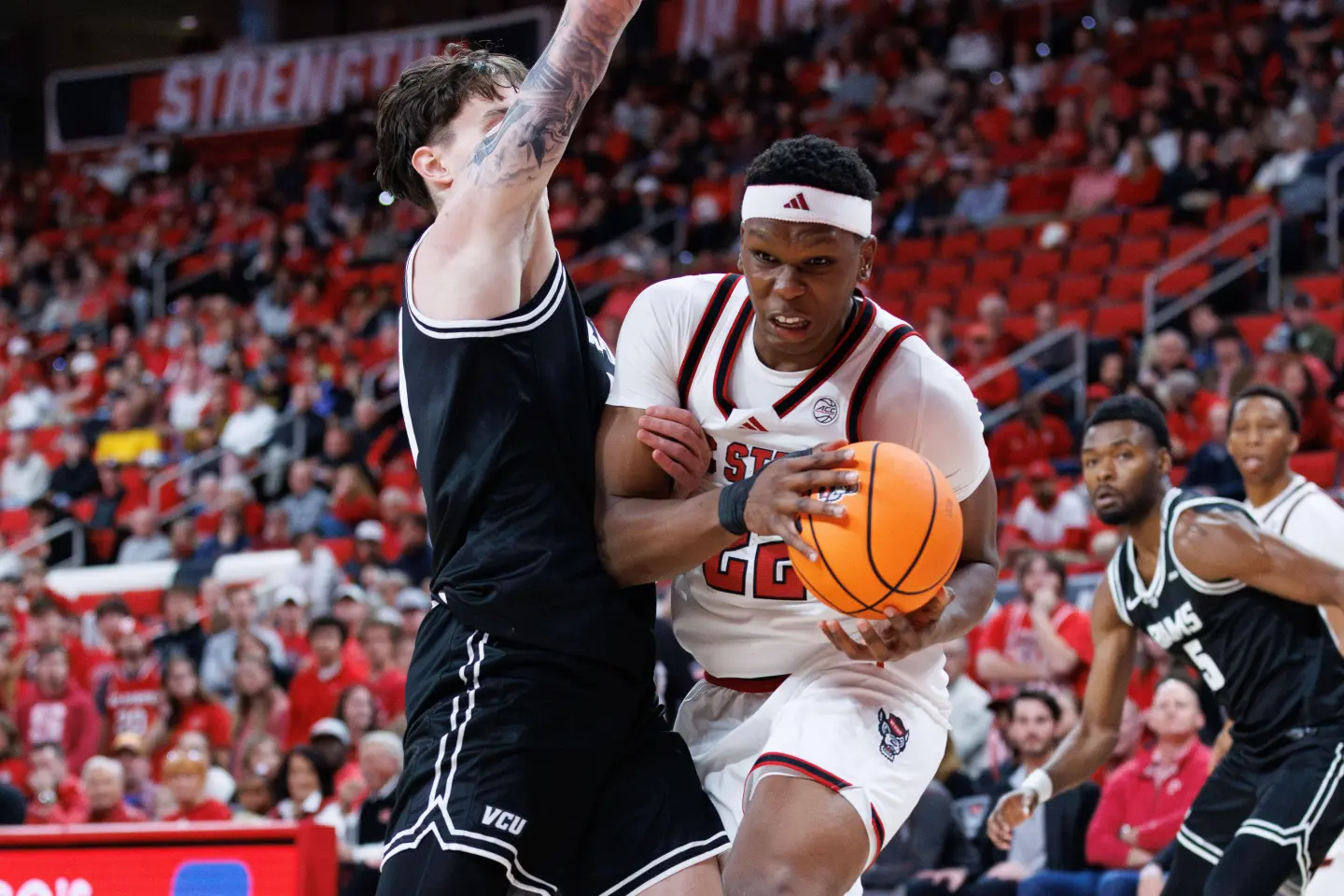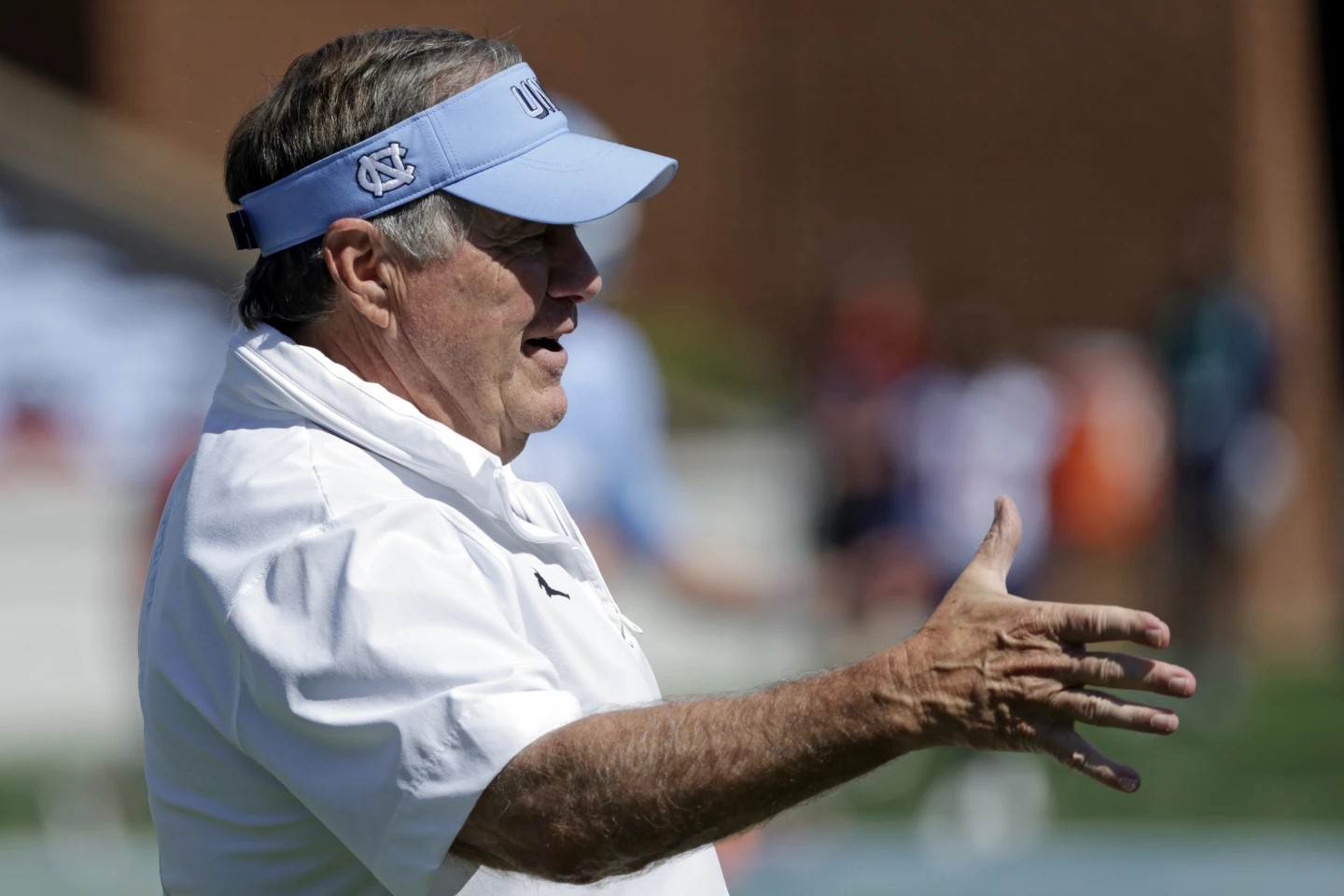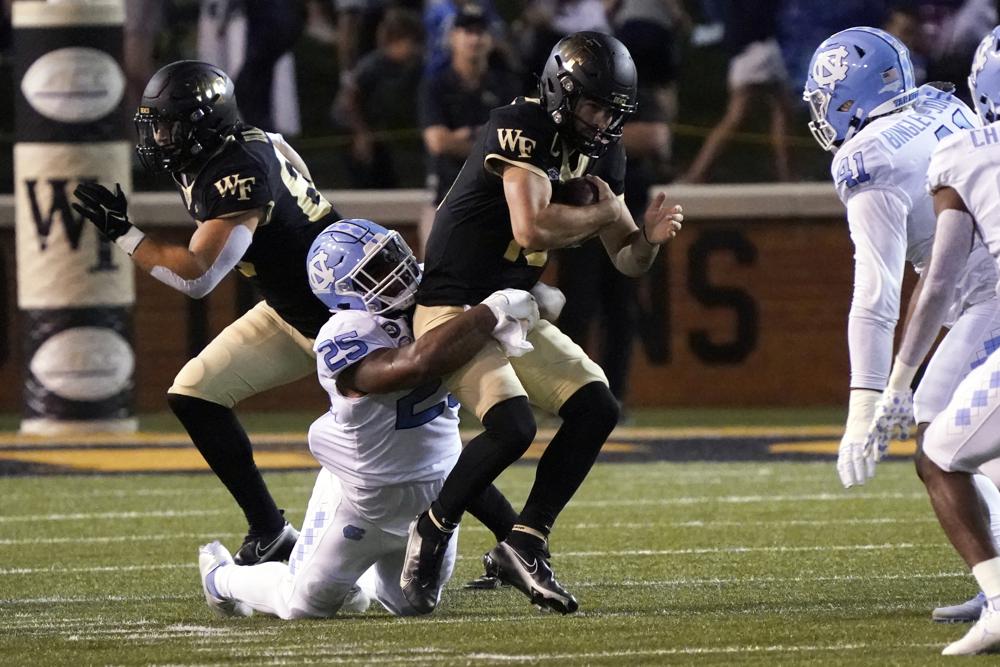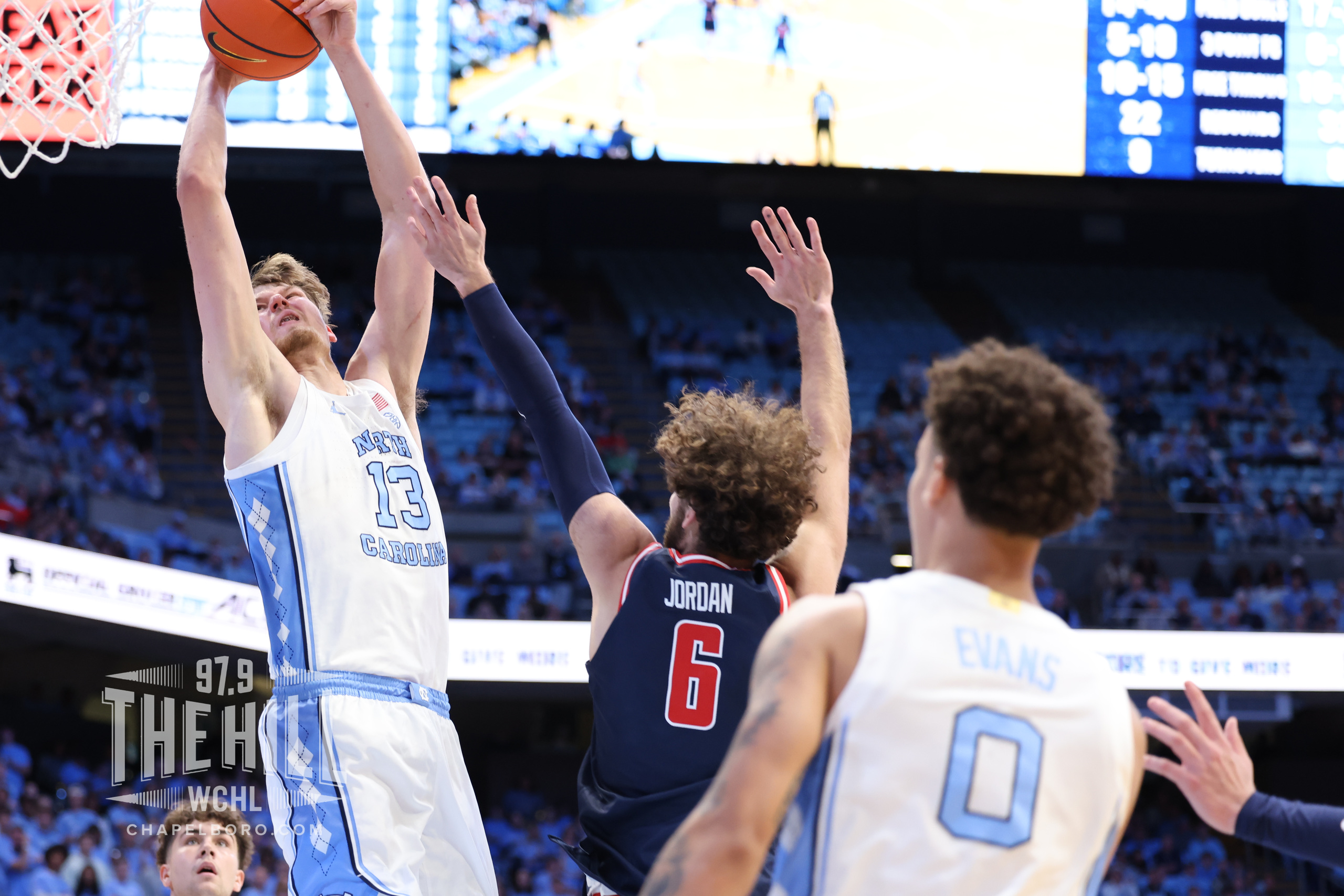This week the Big Ten Conference signed national television and media-rights deals with CBS, Fox and NBC collectively worth more than $1 billion per year, starting in 2023, shattering the previous record for any league in the history of college sports.
How did the Big Ten do it?
It starts with the league’s track record for attracting large TV audiences, especially in football, the sport that over the last three decades has become the driving force behind a large majority of college sports media-rights money. According to some estimates, college sports multimedia money is now more than 80 percent about football, with men’s basketball accounting for the overwhelming majority of the rest.
Last season, for example, the Big Ten had 10 of the 20 largest audiences for regular-season conference games. (The Southeastern Conference was second with eight, and the Big 12 was third with two.) The Ohio State-Michigan game late last season, which drew 15.9 million viewers for Fox, was the most watched game of the regular season and actually drew a larger audience than any of the postseason conference championship games as well.
Second, while the Big Ten lacks the overall success of the SEC on the gridiron, the league does have five of the 15 most successful programs in the nation over the last decade in Ohio State, Wisconsin, Michigan State, Penn State and Michigan.
Third, demographically speaking, the Big Ten mesmerizes TV and media-rights executives. By some estimates, the conference has eight of the 10 largest living alumni bases in the country, including each of the top six with Penn State, Indiana, Michigan, Michigan State, on-the-way UCLA and Ohio State. Rutgers and Purdue also rank in the top 10.
Finally, good timing and lots of suitors worked to the Big Ten’s advantage. As the negotiated numbers kept getting bigger, ABC/ESPN dropped out of the running, but the Big Ten ultimately still struck deals with three of the nation’s four most watched television networks.
Regarding the timing, when the ACC signed its long-term TV deal with ESPN in 2016, some believed that media companies had been overpaying for live sports programming. While in some cases that was true, it’s also true that among others the National Football League, college football and the NCAA Tournament continue to offer extremely valuable programming, both because of their large audiences and the fact that most other popular programming can be watched at any time. The time-sensitive nature of live sports is very popular with advertisers and media-rights executives, because viewers watch the commercials far more often than they do while watching pre-recorded programming.
Featured image via Associated Press/Paul Sancya
Chapelboro.com does not charge subscription fees, and you can directly support our efforts in local journalism here. Want more of what you see on Chapelboro? Let us bring free local news and community information to you by signing up for our biweekly newsletter.
Podcast: Play in new window | Download
Subscribe: RSS

